13 Plot Twists That Changed the Way We See Movies
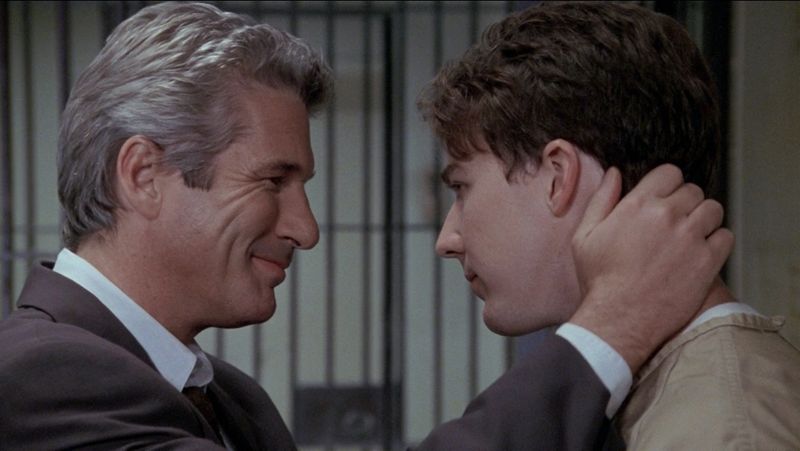
Movies have the power to surprise us in ways we never expect. A great plot twist can leave audiences speechless, making them rethink everything they just watched. Some twists are so clever and shocking that they forever change how filmmakers tell stories and how viewers watch films. These thirteen movies delivered unforgettable surprises that redefined cinema itself.
1. The Sixth Sense (1999)
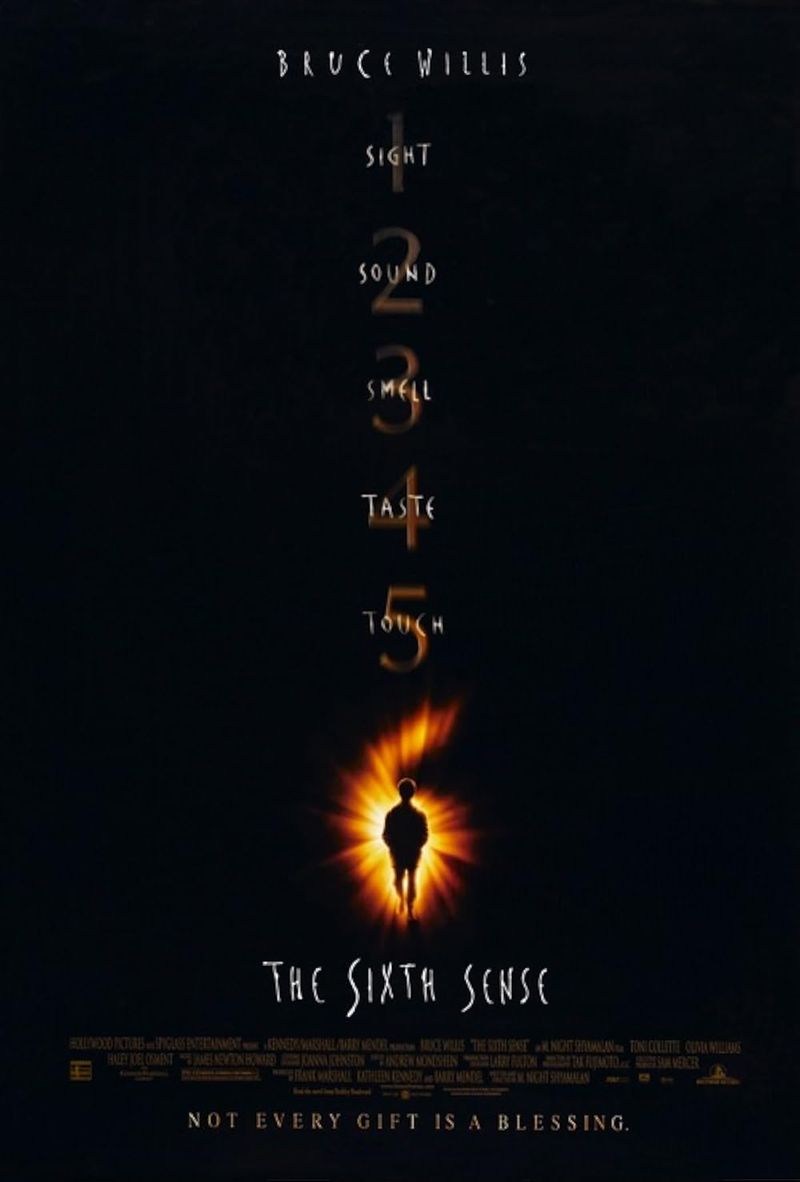
When it was revealed that Dr. Crowe was dead, M. Night Shyamalan flipped the entire story on its head, leaving audiences questioning every moment that came before.
Suddenly, all those moments where people ignored him made perfect sense. The film taught Hollywood that a well-crafted twist could turn a good movie into a legendary one.
Audiences left theaters buzzing with excitement, eager to watch it again. This twist became the gold standard, inspiring countless filmmakers to hide clues throughout their stories. It proved that smart storytelling could create unforgettable cinema magic.
2. Fight Club (1999)
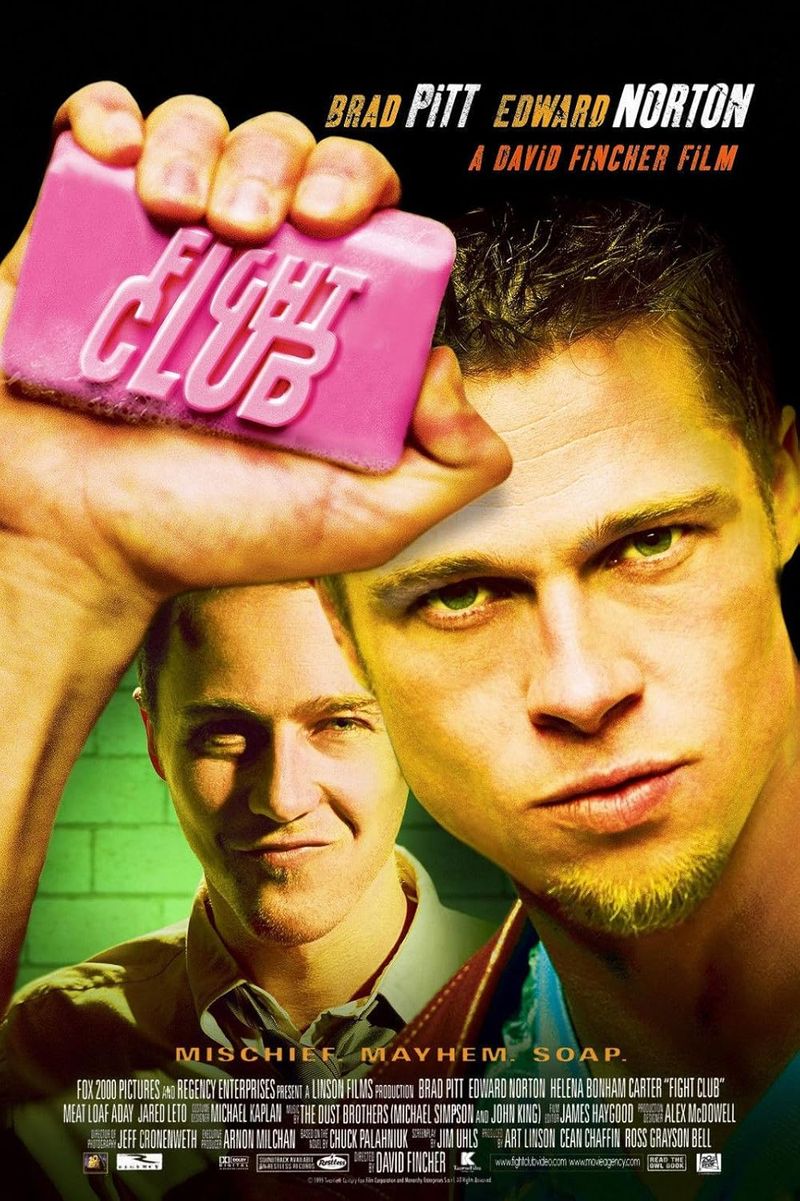
Tyler Durden never existed as a separate person—he was just another side of the narrator’s fractured mind. When this bombshell dropped, viewers felt their reality crumble along with the protagonist’s sanity.
Director David Fincher planted subtle visual hints throughout, rewarding observant fans on repeat viewings. The twist challenged audiences to question what they saw and heard.
It sparked endless debates about identity, consumerism, and mental health in modern society. This revelation transformed a violent action film into a profound psychological examination. The movie became a cultural phenomenon that people still analyze and discuss decades later.
3. The Usual Suspects (1995)
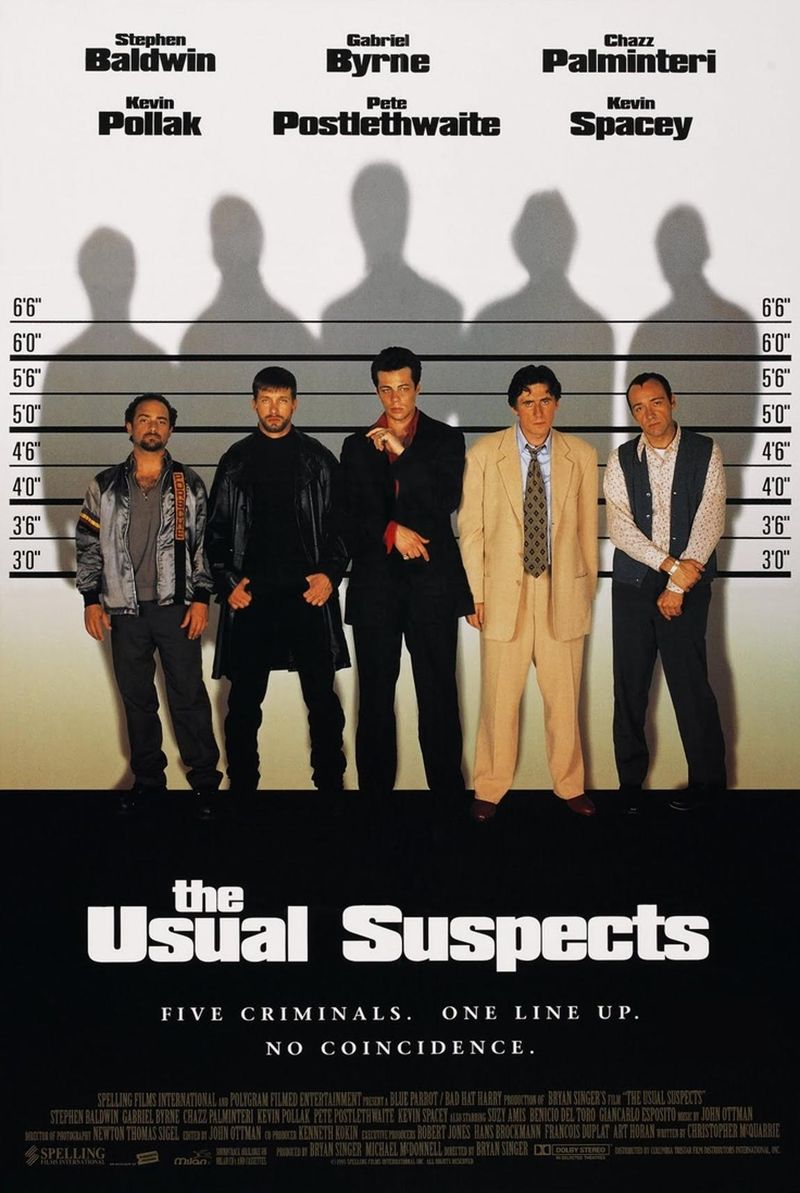
In the film’s final moments, Verbal Kint sheds his meek facade to reveal he’s actually the elusive Keyser Soze, leaving Detective Kujan stunned as his coffee mug shatters in slow realization.
The entire story was an elaborate lie, woven from random details scattered around the office. Kevin Spacey’s performance made audiences believe every word of his fabricated tale.
This twist demonstrated how unreliable narrators could manipulate viewers just as effectively as characters within the story. It changed thriller filmmaking forever, proving that the biggest lies hide in plain sight.
4. Psycho (1960)
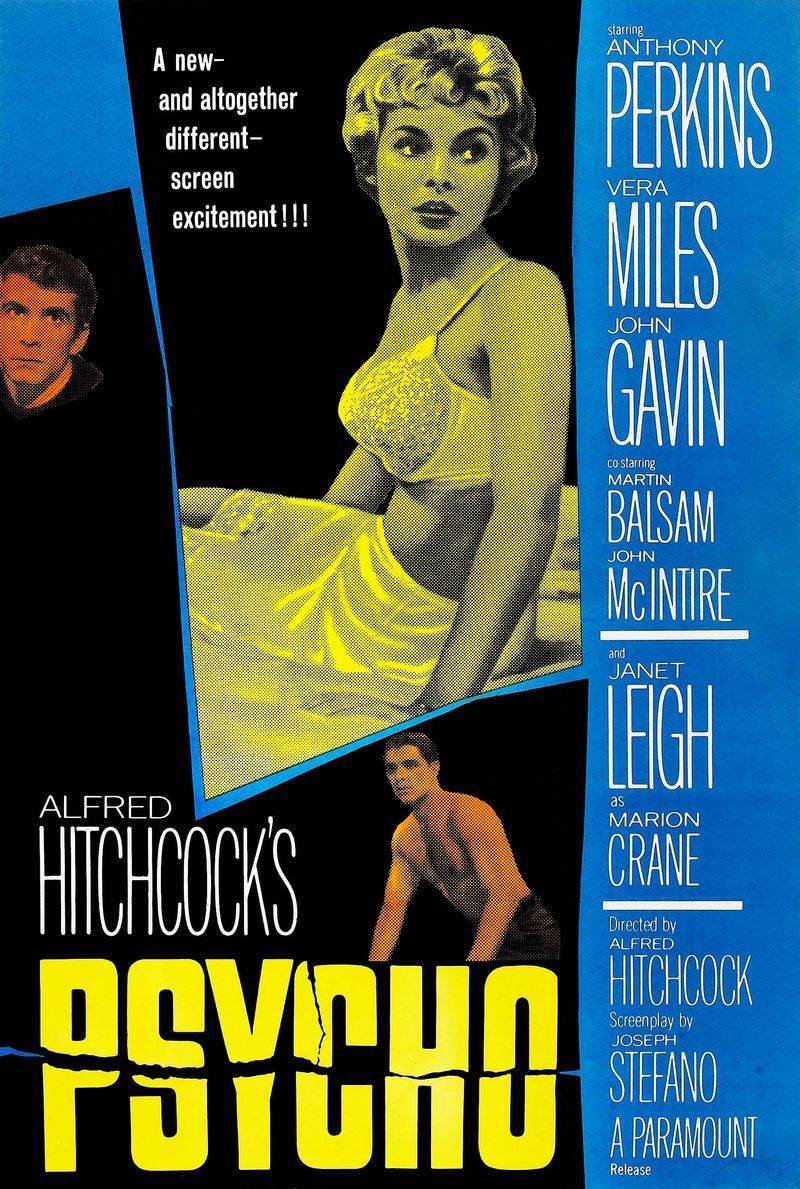
Alfred Hitchcock broke every rule when he killed his leading lady halfway through the film. Janet Leigh’s shocking shower scene left audiences traumatized and confused about where the story would go next.
Then came the second punch: Norman Bates’s mother had been dead all along, preserved in the basement. Norman himself was the killer, dressed as his deceased mother.
This double twist revolutionized horror cinema and proved that no character was safe from death. The film taught directors that breaking audience expectations could create powerful emotional responses that last for generations.
5. Oldboy (2003)
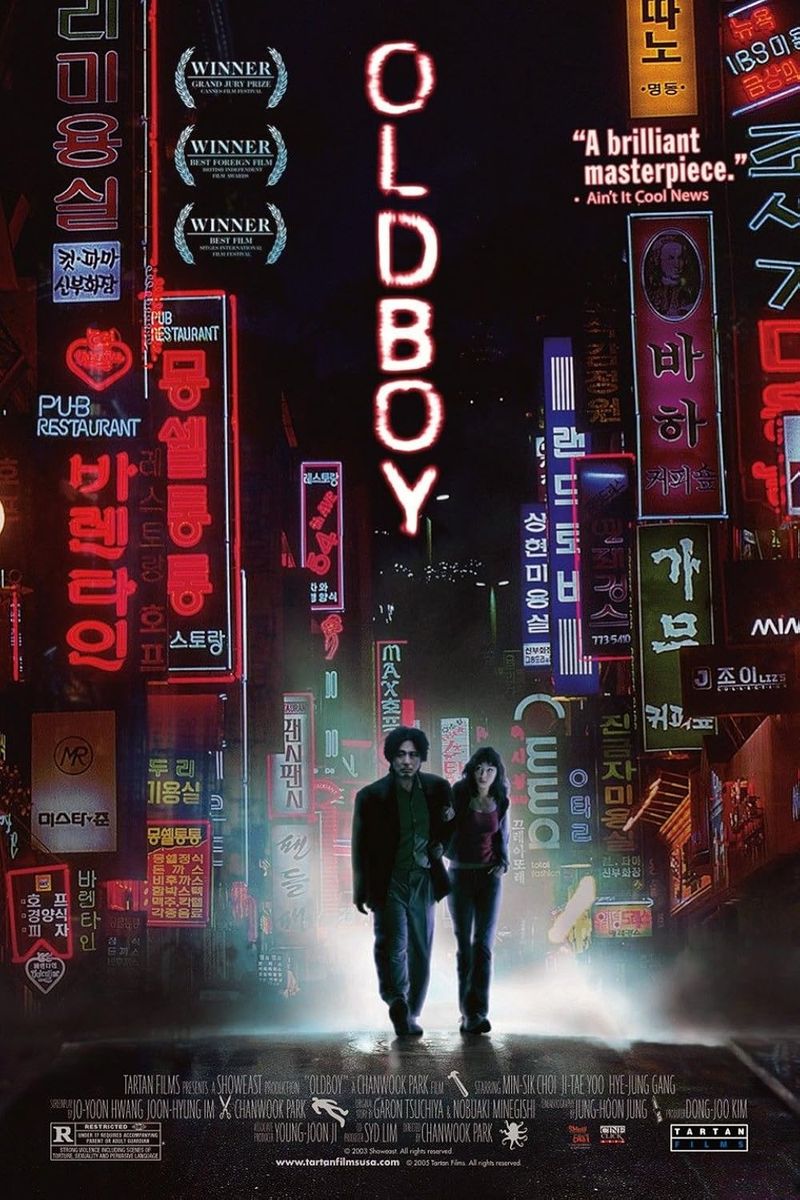
The revelation that Oh Dae-su’s relationship was part of a long-conceived plan marked a major turning point in the story, crafted by Park Chan-wook.
The horror of this realization crushes both the character and the audience watching. No Hollywood film had dared to venture into such dark psychological territory before.
This Korean masterpiece showed that plot twists could be emotionally devastating rather than just clever surprises. It expanded what international cinema could achieve and influenced filmmakers worldwide to take bigger creative risks.
6. The Empire Strikes Back (1980)
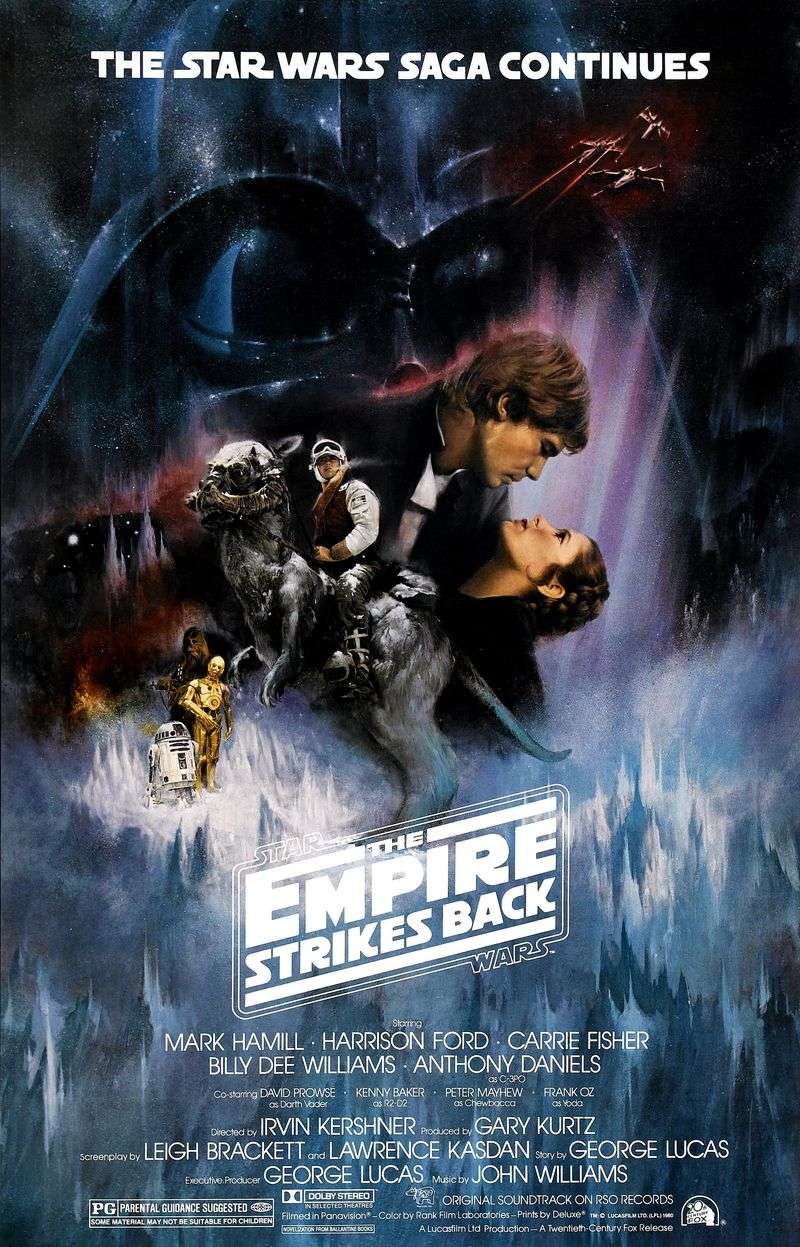
With the simple line “I am your father,” Darth Vader changed the entire Star Wars saga, delivering one of the greatest movie twists of all time.
George Lucas kept this secret so well that even the actor speaking the line didn’t know during filming. The revelation transformed Vader from a simple villain into a tragic, complex character.
It proved that blockbuster franchises could have genuine emotional depth and family drama. This twist set the template for sequel storytelling, showing how to deepen mythology while shocking loyal fans completely.
7. Se7en (1995)
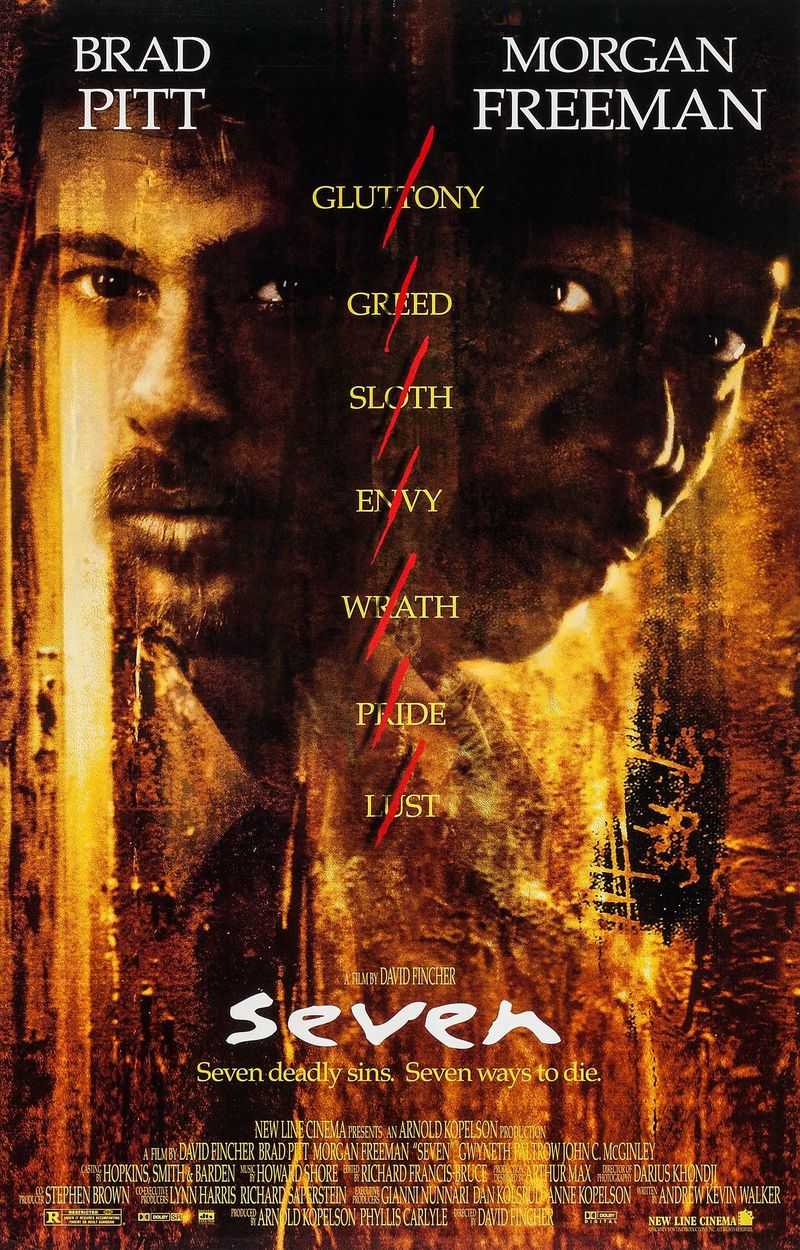
John Doe’s final sin wasn’t just murder—it was making Detective Mills commit murder himself, completing the deadly seven. The box containing Mills’s wife’s head became one of cinema’s most horrifying unseen images.
David Fincher refused to give audiences the happy ending they desperately wanted. Instead, evil wins by corrupting the good detective into becoming a killer driven by wrath.
This bleak conclusion challenged Hollywood’s feel-good formulas and showed that sometimes the bad guy’s plan succeeds. The twist proved that meaningful cinema doesn’t need to comfort viewers—it can haunt them instead.
8. Gone Girl (2014)
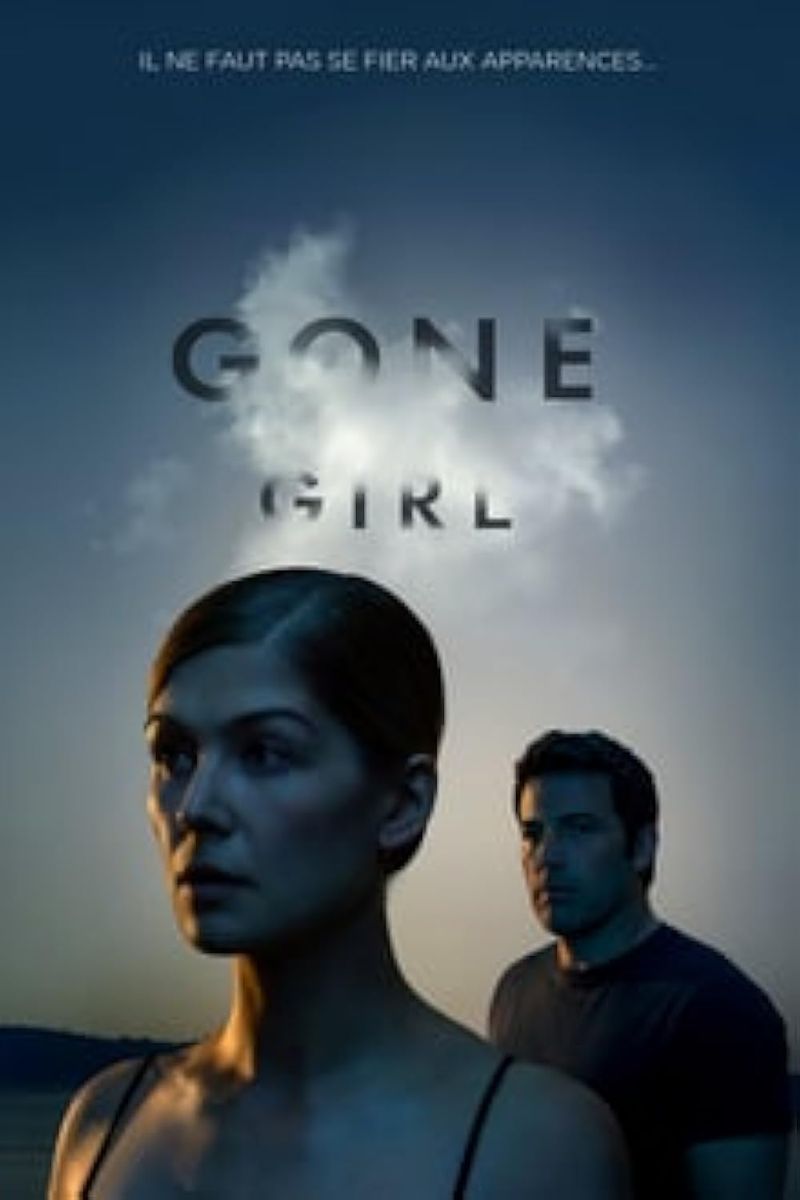
Far from a victim, Amy Dunne engineered her vanishing act to frame her husband, showcasing Rosamund Pike’s transformation into a calculating character.
The film exposes how media narratives shape public opinion regardless of truth. Amy manipulates everyone around her with frightening intelligence and zero remorse.
Director David Fincher created a villain who wins completely, trapping her husband in a nightmare marriage forever. This twist sparked conversations about relationships, manipulation, and gender dynamics in modern society that continue today.
9. The Others (2001)
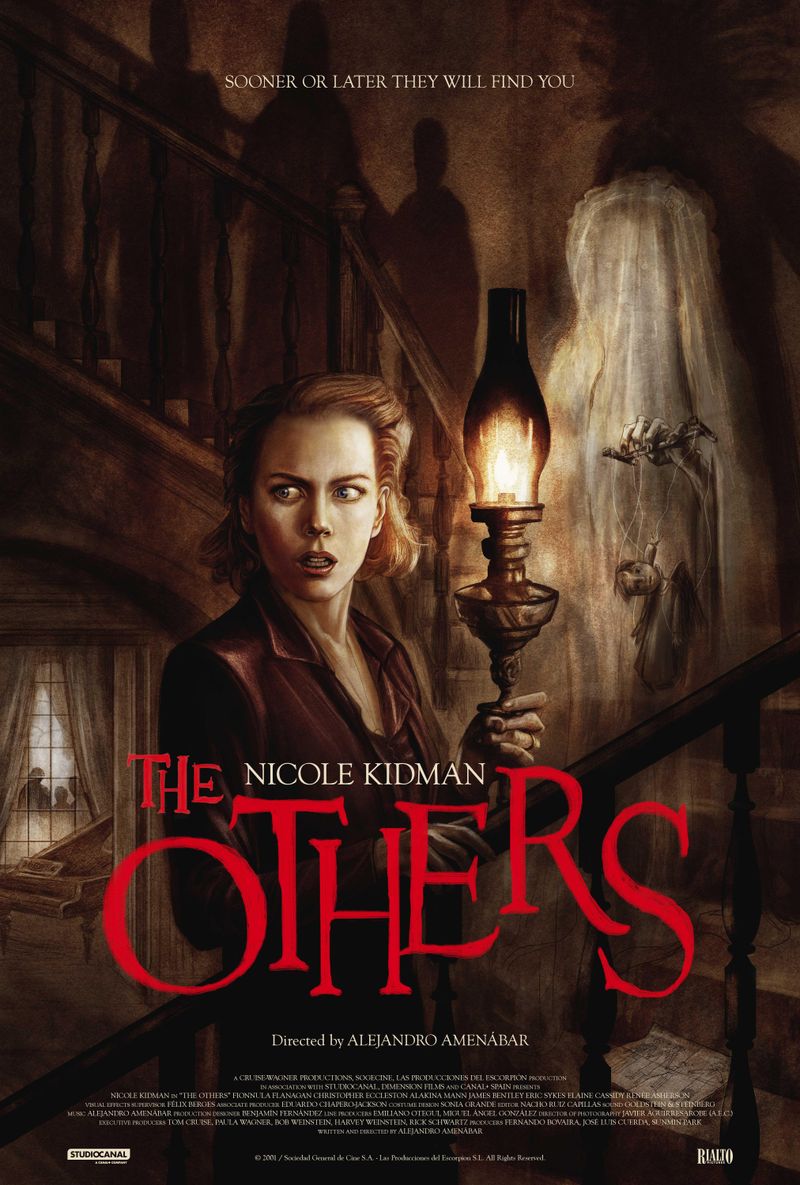
Grace and her children weren’t being haunted by ghosts—they were the ghosts themselves, unable to accept their own deaths. The “intruders” were actually living people who had moved into the house.
Alejandro Amenábar crafted this twist so carefully that every strange rule about the house suddenly made perfect sense. The children’s light sensitivity wasn’t a disease but a clue to their true nature.
Nicole Kidman’s powerful performance made the revelation emotionally devastating rather than just surprising. This elegant ghost story proved that horror could be sophisticated and heartbreaking while still delivering unforgettable shocks.
10. Primal Fear (1996)
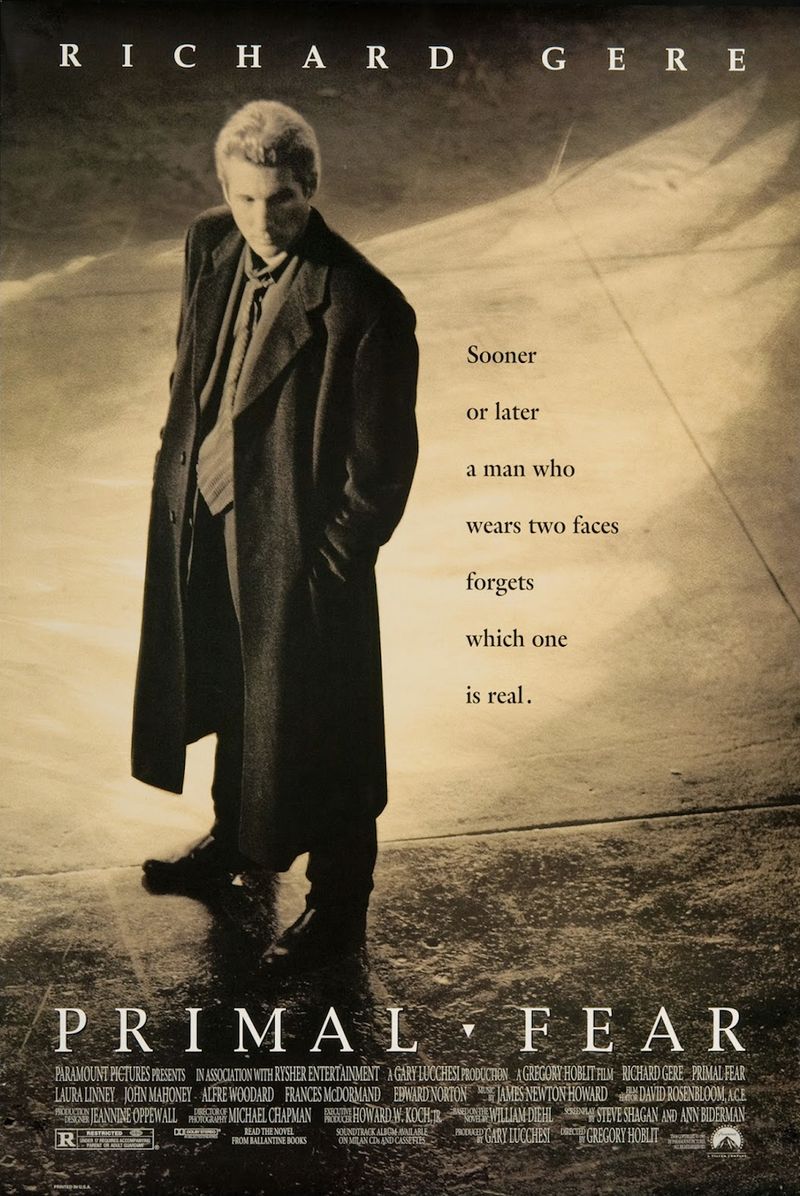
The violent alter ego “Roy” was just a fabrication by Aaron to escape responsibility for murder, with Edward Norton’s chilling smirk revealing the ultimate deception.
The shy, stuttering altar boy was the greatest performance of all, played by a cold-blooded killer. Richard Gere’s character realizes too late that he helped a psychopath escape justice.
Norton’s debut performance announced a major talent and created one of cinema’s most unsettling villains. This twist taught audiences that the most dangerous criminals might be the ones who seem most innocent and vulnerable.
11. Shutter Island (2010)
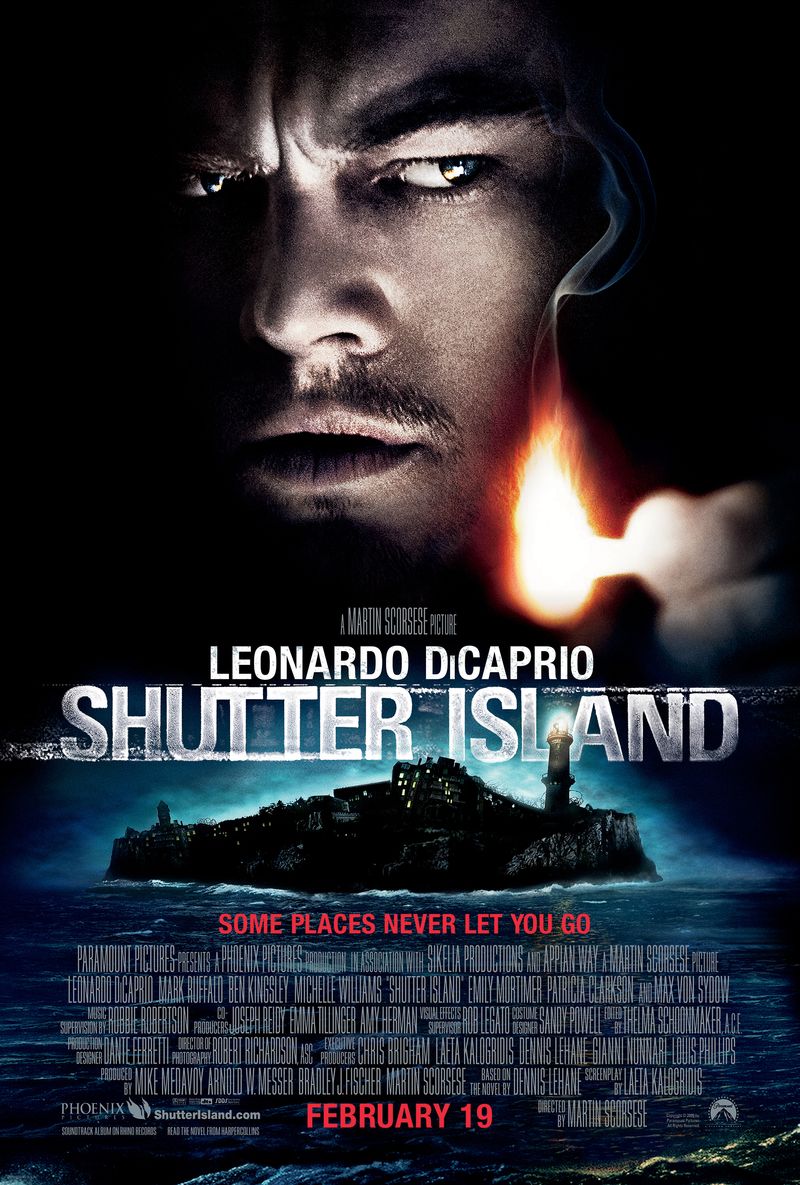
Teddy Daniels isn’t investigating the asylum—he’s actually a patient there named Andrew Laeddis. The entire investigation was an elaborate role-play therapy designed to help him accept that he murdered his wife after she killed their children.
Martin Scorsese layered clues throughout, making second viewings reveal a completely different movie. Leonardo DiCaprio’s performance works perfectly whether his character is sane or delusional.
The ambiguous final line leaves viewers debating whether Andrew truly recovered or chose to be lobotomized rather than live with his guilt. This complex twist elevated a thriller into a profound meditation on grief and sanity.
12. Arrival (2016)
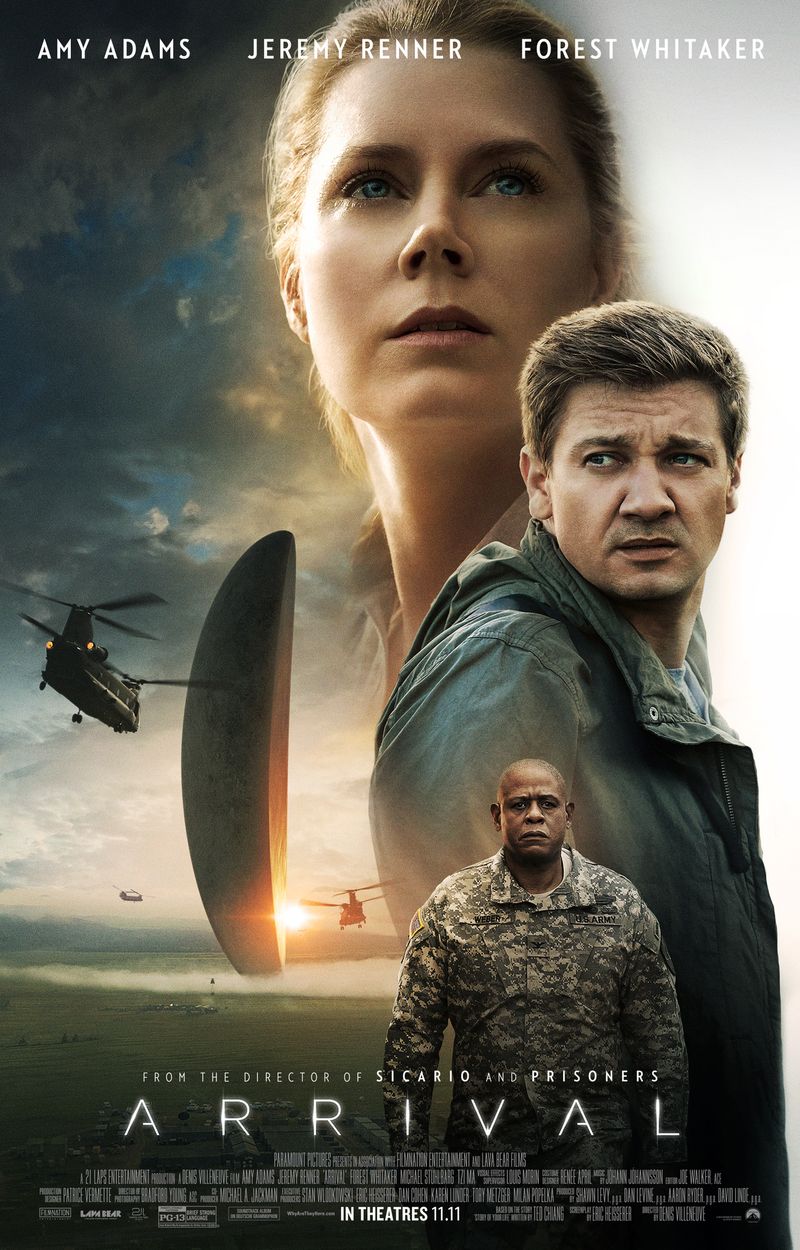
What seems like memories are actually future visions for Louise, revealing her daughter’s eventual death. The alien language gives her a new way to experience time.
Denis Villeneuve crafted a twist that was simultaneously heartbreaking and beautiful, forcing viewers to reconsider every scene. The film asks whether you would choose to live a life filled with pain if you knew all the joy and sorrow ahead.
This intelligent science fiction proved that genre films could explore profound philosophical questions about free will, destiny, and love.
13. Planet of the Apes (1968)
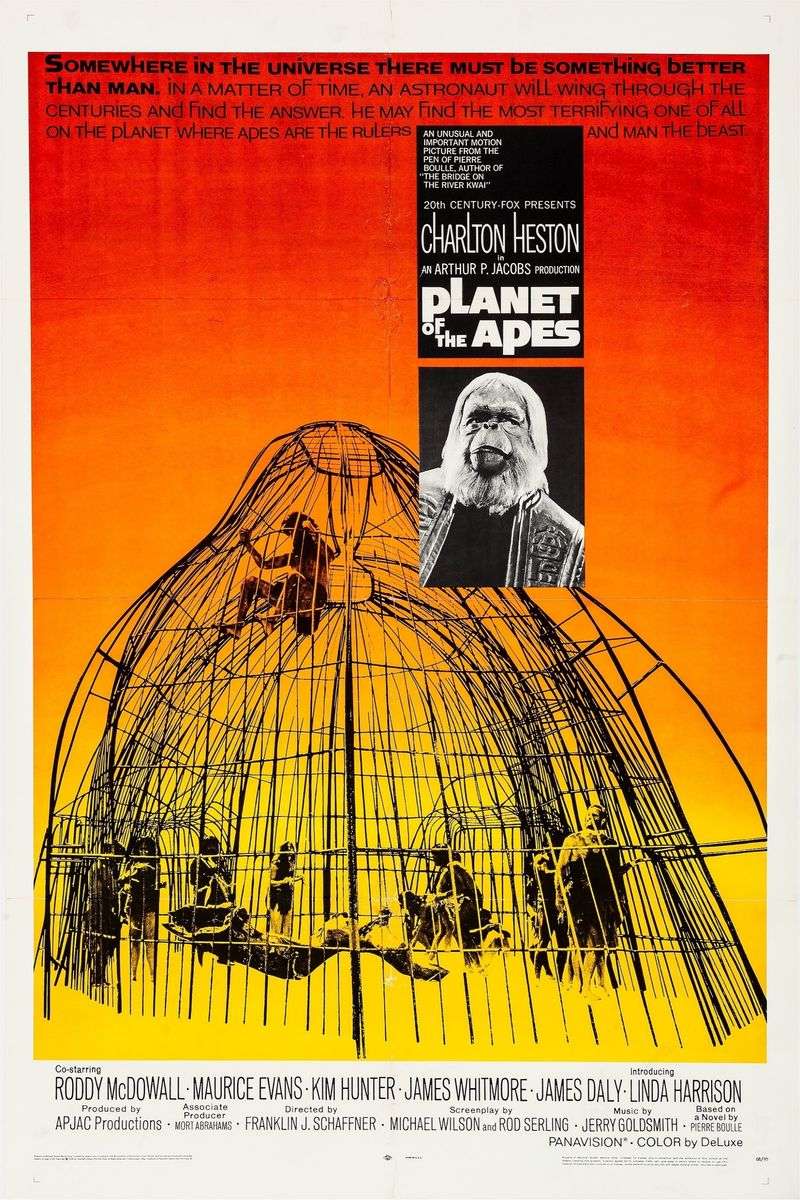
The alien planet wasn’t alien at all—it was Earth thousands of years in the future after humanity destroyed itself. The Statue of Liberty’s ruins emerging from the beach created one of cinema’s most iconic and devastating images.
Charlton Heston’s anguished scream captured humanity’s horror at its own self-destruction. This twist transformed a fun science fiction adventure into a powerful anti-war and anti-nuclear message.
Rod Serling’s screenplay proved that popular entertainment could deliver serious social commentary. The revelation shocked audiences and made them think about the consequences of violence and hatred in their own world.

Comments
Loading…